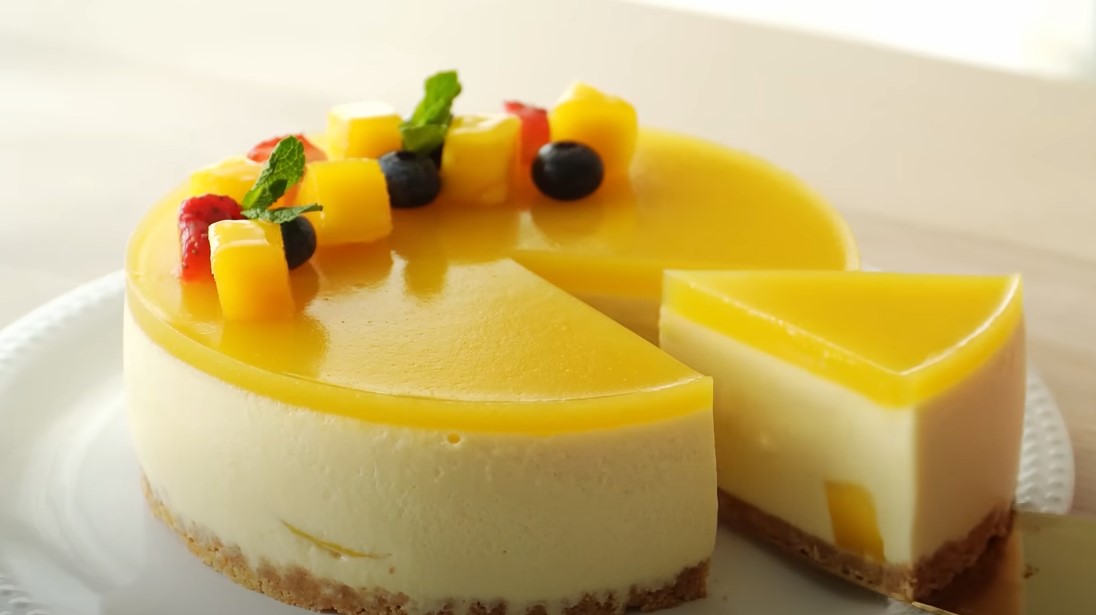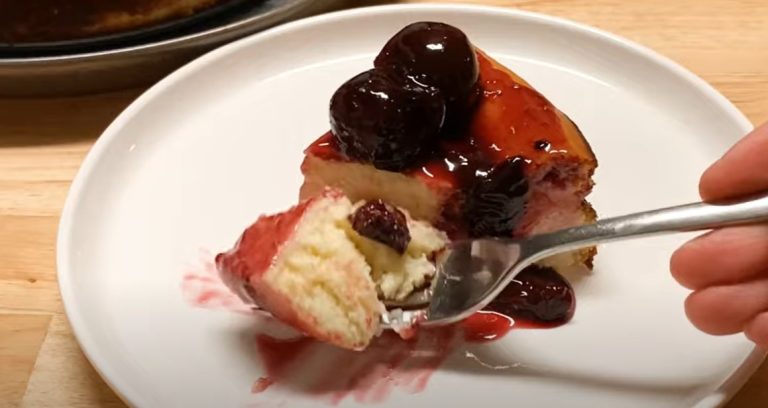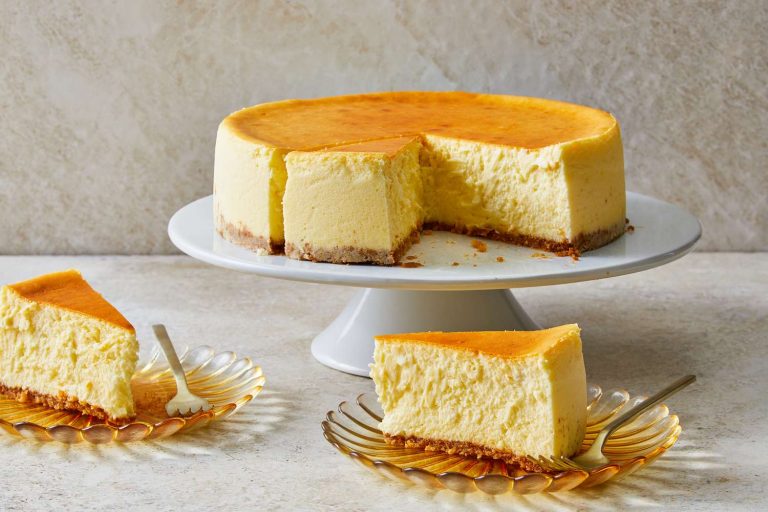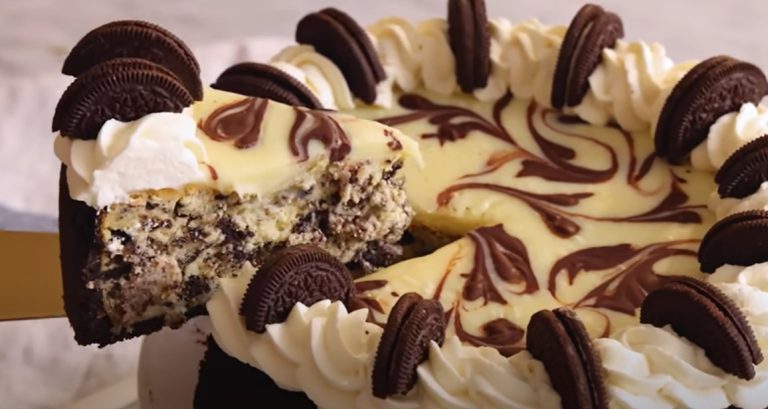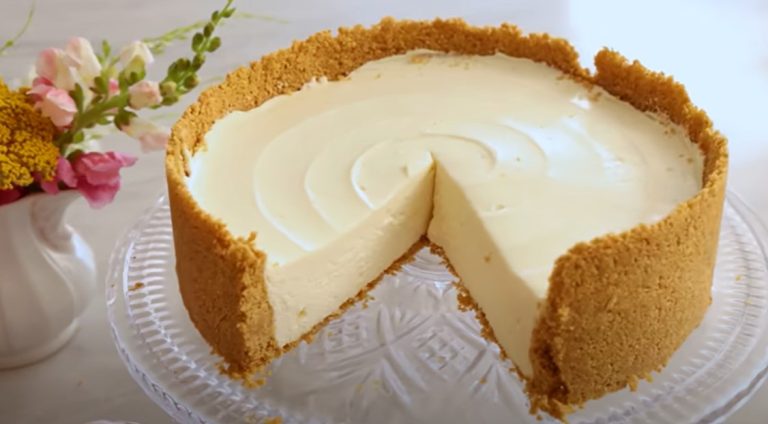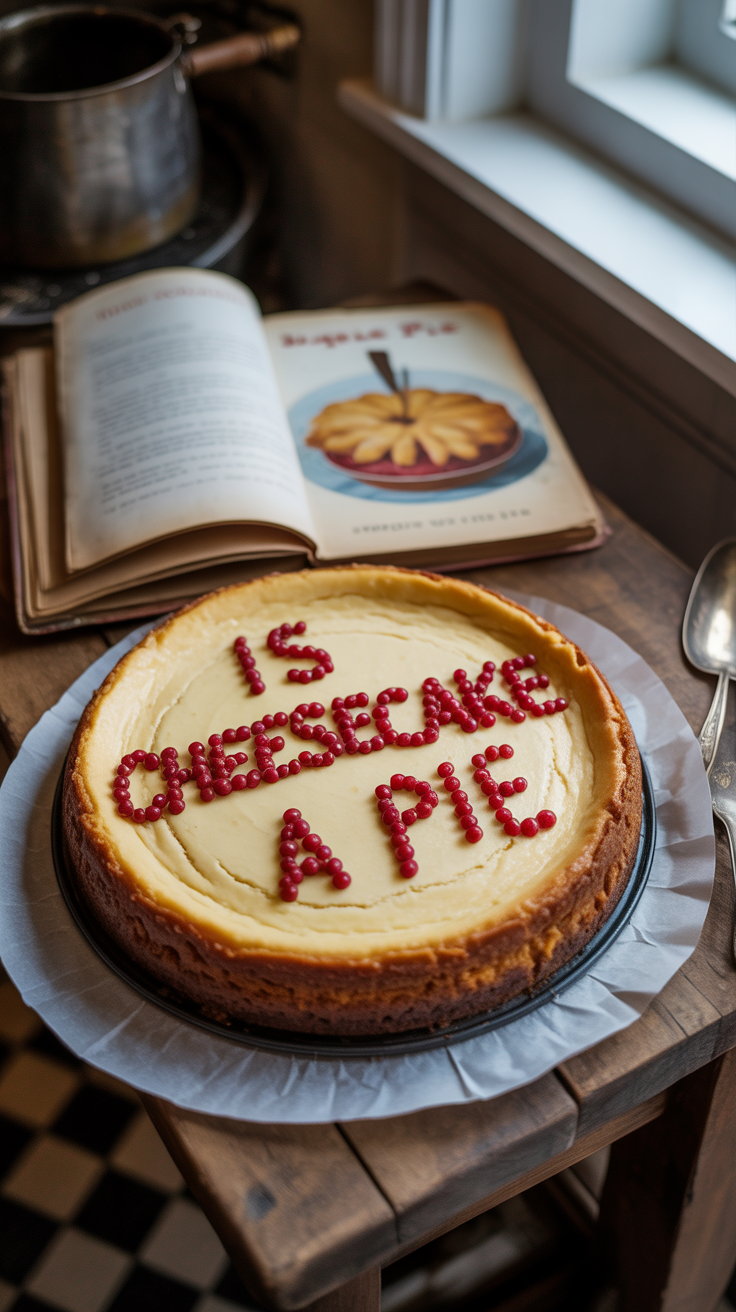Can Cheesecake Be Frozen? A Complete Guide
Can cheesecake be frozen? Yes, you can freeze cheesecake!, and it retains its flavor and texture well if properly wrapped and thawed correctly. Freezing cheesecake is an excellent way to extend its shelf life by several weeks or even months. Proper storage and thawing are essential for the best results.
Cheesecake freezes beautifully because its dense structure holds up to low temperatures. Its moisture and fat content help it stay creamy, rather than becoming icy or crumbly. Many bakers prepare make‑ahead cheesecake for holiday feasts or bulk events using this method.
However, you need to know how to prepare, freeze, and thaw your cheesecake to maintain that signature smooth richness. In the next sections, we’ll cover step‑by‑step techniques for freezing, storing, and reviving your cheesecake so it tastes freshly made.
Can Cheesecake Be Frozen?
Why freezing cheesecake works?
Cheesecake is a custard-like dessert made from cream cheese, eggs, sugar, and sometimes sour cream or heavy cream atop a crumb crust. Its high fat content and low water activity mean ice crystals form slowly during freezing without disrupting the texture. Because it’s dense, there’s less water to freeze into large crystals, so the risk of graininess is minimal.
How long can you freeze cheesecake?
- Short‑term storage (up to 2 weeks): Cheesecake maintains optimal taste and texture up to two weeks when frozen.
- Extended storage (2–3 months): Flavor and texture remain good, though slight dryness or freezer notes may develop.
- Maximum safe storage (6 months): Beyond three months until about six months, cheesecake is still safe to eat if frozen continuously, but quality progressively declines.
Preparing cheesecake for freezing
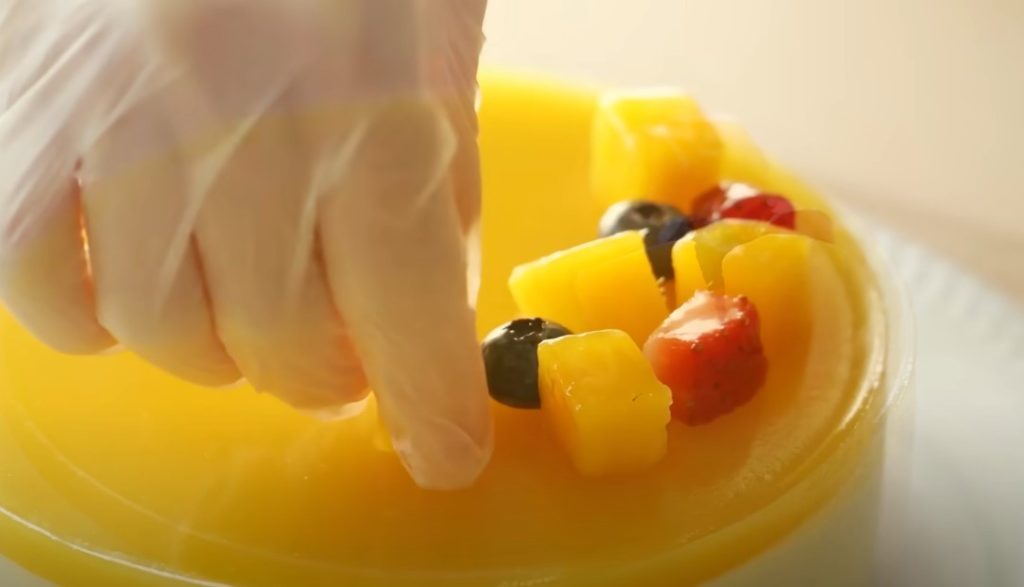
1. Cool completely
Let your cheesecake cool fully after baking—ideally overnight in the fridge. Warm desserts trap moisture and can lead to ice buildup inside wrapping.
2. Pre‑slice (optional)
Cutting chilled cheesecake into individual slices is helpful for single‑serve thawing. Use a hot, clean knife for smooth edges, wiping between cuts.
3. Wrap tightly
- Initial wrap: Use plastic wrap to tightly cover the cheesecake or each slice, making sure no crust is exposed.
- Secondary wrap: Overwrap with aluminum foil or place in a freezer‑safe airtight container.
- Labeling: Add date and content to avoid confusion.
4. Flash freeze (ideal but optional)
Place wrapped cheesecake on a baking sheet in the freezer for 1–2 hours—this prevents slices from sticking and helps maintain shape.
Thawing cheesecake properly
1. Refrigerator thawing
- Transfer to the fridge and thaw for 8–12 hours (overnight).
- Do not thaw at room temperature; that can encourage bacterial growth and watery texture.
2. Bring to serving temperature
- For full cheesecake: remove from foil/plastic wrap and allow to sit at room temperature for 30–60 minutes.
- For slices: sit 15–30 minutes. This helps restore creaminess without losing shape.
3. Optional refresh
- If the top looks dull, gently brush with warm simple syrup (equal parts sugar and water).
- Add fresh toppings, like berries, whipped cream, or chocolate shavings, to elevate flavor.
Common problems & fixes
- Crystalized texture or freezer burn: Occurs when not tightly wrapped. Rewrap correctly next time.
- Soggy crust: Place a barrier (wax/parchment paper) between crust and any moisture-prone fillings before freezing.
- Watery thawed cheesecake: Thaw in the fridge, not at room temperature.
Freezing different cheesecake types
Plain/New York‑style
Excellent candidates. Their sturdy texture freezes and thaws well.
Fruit‑topped
Extra moisture may affect texture. Wrap after topped or remove topping before freezing and add fresh topping after thawing.
Chocolate/marble
Solid due to cocoa/fat balance. Freeze/thaw like plain cheesecake.
No‑bake
Contain more water, so slightly icier. Wrap extremely well, and consume soon after thawing.
Mini or jar cheesecakes
Ideal for single-serve freezing. Same method applies—wrap well or seal in containers.
A note on flavor and texture
Although freezing slightly dulls delicate flavors, most people find minimal difference—especially if you garnish after thawing. Creamy richness and consistency are well preserved.
Tips for optimal outcomes
- Use high‑quality plastic wrap and foil.
- Freeze cheesecakes flat to avoid misshaping.
- Avoid repeated thaw‑freeze cycles to preserve quality.
- Date everything clearly to track storage time.
Should I Eat Frozen Cheesecake?
Technically, you can eat frozen cheesecake—but it’s not ideal straight from the freezer.
Here’s why:
1. Texture and Flavor Suffer When Eaten Frozen
Cheesecake is designed to be creamy, smooth, and melt-in-your-mouth soft. When it’s frozen solid:
- The texture becomes hard and icy.
- The flavor is muted since cold temperatures dull the taste buds.
- The crust might feel too firm or rubbery.
So while it’s safe, you won’t get that luxurious dessert experience unless it’s properly thawed.
2. Health and Safety Considerations
There’s no harm in eating it frozen as long as:
- It was stored properly (airtight, at 0°F/–18°C or colder).
- It hasn’t been sitting out or refrozen multiple times.
However, partially frozen cheesecake might have uneven thawing, which can affect both flavor and food safety.
3. Exceptions: Frozen Cheesecake Treats
Some pre-packaged frozen cheesecakes (like ice cream bars or mini bites) are meant to be eaten frozen. These are made with stabilized ingredients to be safe and enjoyable at freezer temps.
Bottom Line:
You can eat frozen cheesecake, but you shouldn’t if you want the best taste and texture. Thaw it slowly in the fridge for a few hours or overnight—it’s worth the wait.
FAQs
1. How long can a frozen cheesecake stay in the freezer?
Kept at a consistent 0°F (–18°C), cheesecake remains safe indefinitely. For best flavor, aim to consume within 2–3 months, though it’s still edible up to 6 months with declining quality.
2. Can you freeze a cheesecake with whipped cream topping?
Yes, but whipped cream can lose its fluffiness and become grainy. Freeze the base separately and add fresh whipped cream after thawing. If frozen together, expect texture changes.
3. What’s the best way to thaw cheesecake quickly?
Refrigerator thawing (8–12 hours) is ideal. For faster thaw, sit at room temperature for 30 minutes, but monitor carefully to avoid safety issues and texture loss.
4. Is freezing cheesecake safe?
Absolutely. When cooled, wrapped properly, and stored below 0°F, the cheesecake stays safe to eat. Always thaw in the fridge to prevent bacterial growth.
5. Can I freeze cheesecake without a crust?
Yes. Wrap it tightly, then reattach a fresh crust after thawing for better crispness. Alternatively, freeze just the base and add fresh crust later.
H2: Conclusion
Freezing cheesecake is a practical and effective way to preserve this rich, creamy dessert for future indulgence. By cooling properly, wrapping securely, and thawing slowly in the refrigerator, you maintain its smooth texture and signature flavor. Whether it’s plain, flavored, or topped, nearly all cheesecake varieties adapt well to freezing—just follow the simple guidelines above. With proper technique, you can enjoy cheesecake anytime without sacrificing quality.
Related Recipes

